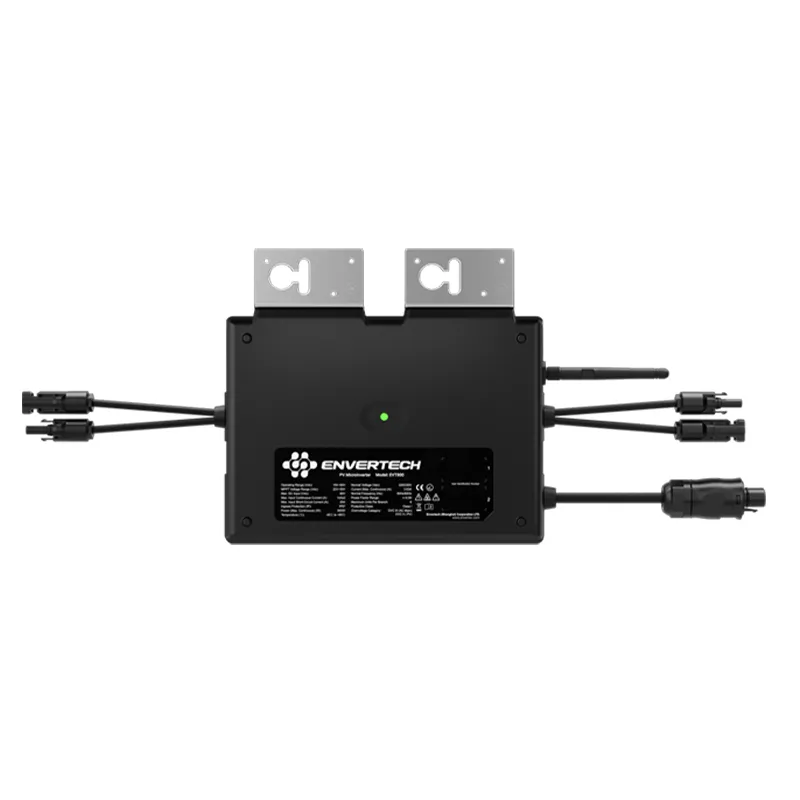solar panel energy conversion efficiency
Solar Panel Energy Conversion Efficiency A Key Factor in Renewable Energy
Solar energy has emerged as one of the most promising renewable energy sources, and the efficiency of solar panels is a critical factor in harnessing this potential. Energy conversion efficiency refers to the percentage of solar energy that a solar panel can convert into usable electricity. In recent years, advancements in technology have significantly improved the efficiency of solar panels, but challenges remain.
The efficiency of solar panels varies widely depending on the type of technology used. Traditional crystalline silicon panels typically have an efficiency range of 15% to 22%. These panels are widely used due to their relatively low cost and established manufacturing processes. However, newer technologies, such as thin-film solar panels and multi-junction cells, offer higher efficiencies, reaching up to 30% or even beyond in laboratory settings.
One of the most promising advancements in solar panel technology is the development of bifacial solar panels. Unlike traditional panels, which only capture sunlight on one side, bifacial panels can absorb sunlight from both sides, increasing overall energy generation. This dual absorption capability can improve efficiency, particularly in environments with reflective surfaces, such as snowy areas or white rooftops.
Furthermore, the integration of tracking systems can enhance the effectiveness of solar panels. Fixed-position panels are limited to capturing sunlight at specific angles throughout the day. In contrast, solar trackers move the panels to follow the sun’s path, optimizing exposure and increasing energy conversion efficiency by up to 25%. Though these systems can entail higher upfront costs, their ability to maximize energy capture often results in a quicker return on investment.
solar panel energy conversion efficiency

The materials used in solar panel production play a crucial role in determining efficiency. For instance, perovskite solar cells have gained significant attention for their potential to achieve high efficiencies at lower production costs. Research into this area suggests that combining perovskite cells with traditional silicon cells could result in tandem cells that exceed 30% efficiency, thus significantly boosting overall performance.
Despite these advancements, there are still challenges to overcome. Temperature regulation is a critical factor, as solar panels tend to lose efficiency when temperatures rise. Innovative cooling techniques, including phase change materials and advanced ventilation systems, are being explored to maintain optimal operating conditions.
Additionally, the lifespan and degradation rate of solar panels impact their long-term efficiency. Most conventional solar panels have a lifespan of 25 years, after which their efficiency begins to decline. Research into more durable materials and better manufacturing processes aims to enhance longevity and retain efficiency over time.
In conclusion, the efficiency of solar panel energy conversion is a vital component of maximizing the potential of solar energy. As technology continues to evolve, with breakthroughs in materials, designs, and tracking systems, the overall efficiency of solar panels is expected to improve. This enhancement not only aligns with global sustainability goals but also makes solar energy a more viable and attractive option for meeting the world’s growing energy needs. The pursuit of higher efficiency is not just a technological challenge; it is a pathway to a cleaner, more sustainable future.
-
Unlocking Energy Freedom with the Off Grid Solar InverterNewsJun.06,2025
-
Unlock More Solar Power with a High-Efficiency Bifacial Solar PanelNewsJun.06,2025
-
Power Your Future with High-Efficiency Monocrystalline Solar PanelsNewsJun.06,2025
-
Next-Gen Solar Power Starts with Micro Solar InvertersNewsJun.06,2025
-
Harnessing Peak Efficiency with the On Grid Solar InverterNewsJun.06,2025
-
Discover Unmatched Efficiency with the Latest String Solar InverterNewsJun.06,2025







